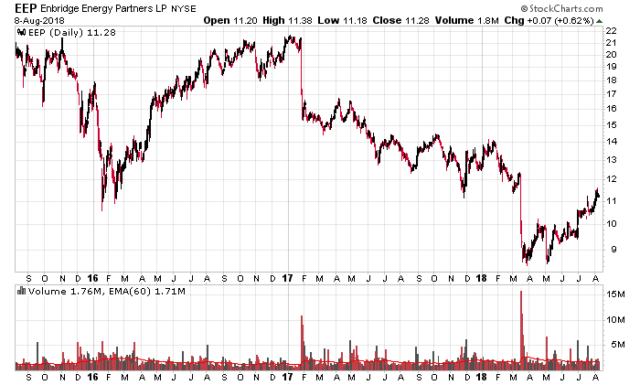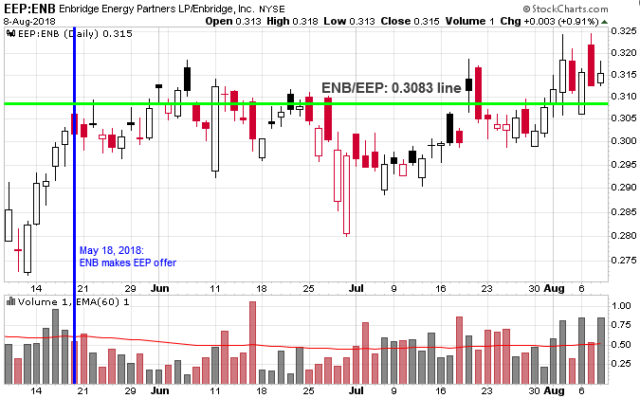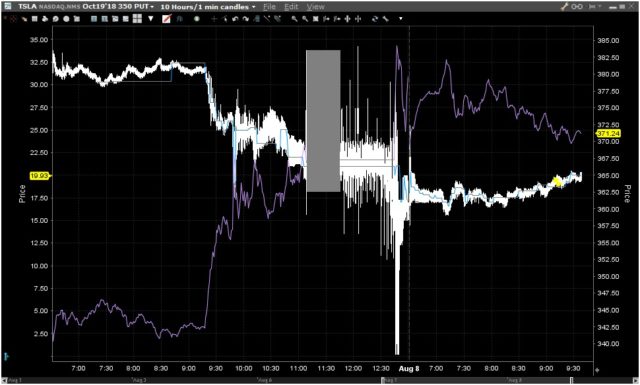I’ve been reviewing a bunch of miscellaneous stocks today (both new and things that I’ve researched well into the past) and I will just write a bunch of short thoughts, on a topic that I don’t give much attention to, and that is fashion.
The last time I wrote about Vancouver, BC-operated Lululemon (Nasdaq: LULU) was about five years ago. I was mentioning how a $9 billion market capitalization is mind-puzzling. I’ve checked today and they’re up to $17 billion. Lest an investor think that this increase in capitalization was due to equity issuances and dilution, an investor over the past 5 years would have doubled their money. All of the price appreciation, however, was in the last year. No positions, never had any, but always curious as to the drivers that make these fashion stocks tick.
I also remember writing about Coach, and Kate Spade. Clearly I don’t frequent these two stores enough since I just checked and Coach bought out KATE for $18.50/share and changed its name to Tapestry (NYSE: TPR). I remember Coach was running into the issue of too much expansion and their main handbag products were simply not reaching that level of exclusivity that once made it a special brand. KATE investors did not do well as their brand appeal fell off faster and Coach was probably trying to consolidate that “mid-to-upper” segment.
Finally, two more Canadian companies. Roots (TSX: ROOT) has continued to dither since its initial public offering. Financially they’re still trying to figure out how to ramp up their profitability (they are modestly profitable on a yearly basis, although when it isn’t Christmas, they bleed cash).
Canada Goose (TSX: GOOS) continues to “wow” me and reminds me of Lululemon in the old days – something trading with a P/E of a bazillion. Their FAANG-styled valuation, however, is well deserved – looking at their last three fiscal years, revenues have ramped up nearly at 50% growth and gross profits have also increased percentage-wise – so more revenues, and at a higher rate of gross profit. If you can extrapolate that for the next 10 years, they’ll be able to pay of Canada’s national debt with the amount of corporate income taxes they will be paying. The question becomes a matter of whether they can pivot when suddenly seeing everybody dressed up in warm parkas with the circle patch no longer becomes fashionable.
I remember Guess? (NYSE: GES) was on my value radar screen when doing some research in this area last year. Their stock was around US$10/share at the time and I was mighty surprised to open up the quote screen and see it at US$22/share today. I have no idea whether they are fashionable again or not. You don’t see it in their financial statements, however – they’re basically a break-even operation. But Guess has always been unusual compared to some other fashion companies in that their balance sheet is debt-light and cash-heavy, which gives them a lot of time to figure out how to turn their $2+ billion in revenues into $2+ billion in profitable revenues.
Likewise, looking at Abercrombie & Fitch (NYSE: ANF), they seem to be in a similar position as Guess – the revenue drain has stopped, but profit levels are still relatively low.
In the latter two, small changes in profitability percentages will have substantial impacts on the bottom line, which gives their equity inherent leverage to a change in market environment. It’s pretty clear the market is betting on this happening to some degree.
A company that has been cited by various value Canadian investors everywhere but still receives not a lot of respect from the market is Reitmans (TSX: RET / RET.A) – people cite their strong balance sheet (it is indeed, about $150 million cash and no debt) but the entity is marginally profitable and it isn’t entirely clear how they can increase profitability. This probably is an issue facing most fashion retailers without brain-share in the consumer space. Commodity retailing, to put it mildly, it is a horrible area to be in.




